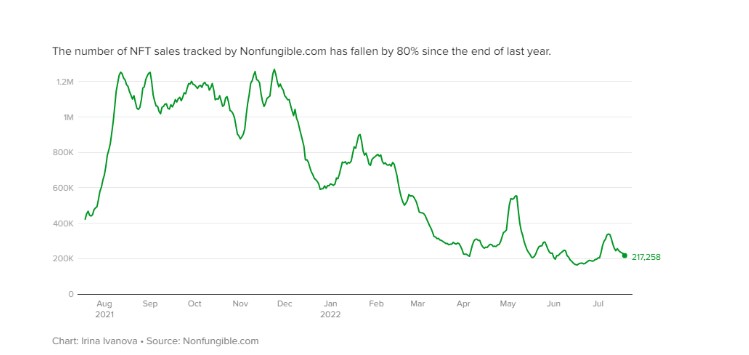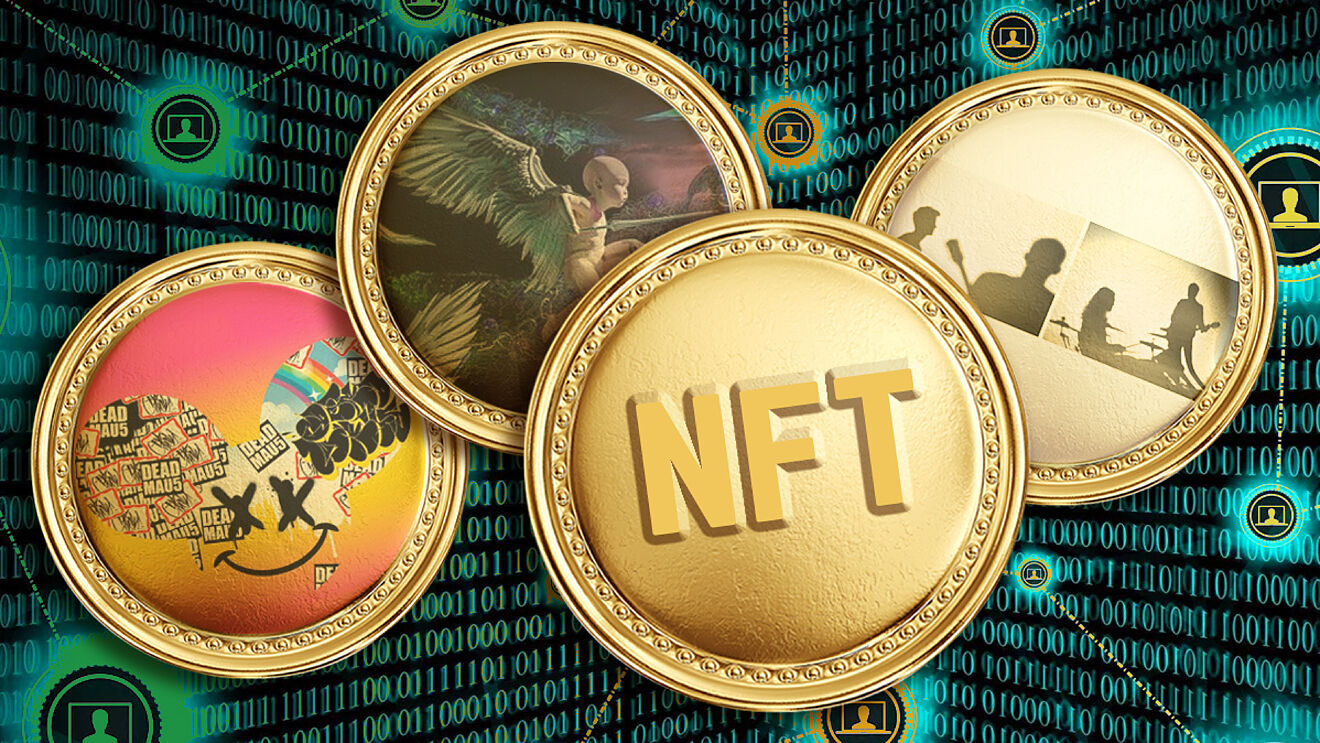Everyone yelled “NFT” in 2021. Through NFTs, Nigerian artists were taking advantage of the transition of the art world to the digital realm. While they were at it, they enhanced their net worth despite a government crackdown on cryptocurrencies.
One of Nigeria’s most successful digital artists at the time, Osinachi, remarked that he could charge up to five figures for his NFT creations. The possibility of posting his art somewhere other than Instagram, where more people would see it, excited him, he added.
“I went in and looked around the markets, and the markets didn’t pick up, and we didn’t see the boom until 2019,” he continued. “The pandemic was helpful since it prevented collectors from visiting physical galleries, so a lot of them discovered the NFT space. And then, from 2020 to 2021, the Christie’s auction happened, and everybody was screaming NFTs.
Using the new technology, celebrities, sports teams, artists, and major businesses promoted digital copies of their products.
Ethereum trading volume on OpenSea reached $2.29 billion in January. In August of last year, OpenSea set a new monthly record of just over $3.4 billion.
The NFT market not only maintained its momentum when cryptocurrency prices fell off a cliff in May and were far off-peak throughout the summer, but it also ascended to maybe greater heights in Nigeria and abroad.
But recent data suggests the buzz around NFTs is starting to fade.
The Current Narrative
According to NonFungible, a company that studies the NFT industry, global NFT sales decreased 47% in the first three months of 2022 compared to the prior quarter.
NFTs appear to be losing favor with the public. Sales fell to $1 billion in June 2022, which was a 12-month low and the market’s lowest performance since June 2021 (when sales were at $648 million).
According to data from Chainanalysis, the market’s value has decreased from $3 trillion in November 2021 to less than $1 trillion today.

Things worsened in the second quarter of 2022. According to NonFungible’s most recent Q2 market report, sales have decreased by 20.05% since Q1 2022, from 12,639,781 to 10,105967.
The number of buyers fell by 25.41%, while the number of sellers fell by 35.88%.
Sales in Nigeria plunged sharply to $15 million in April 2023 (a steep 98% fall), prompting concerns about the viability of the industry.
Causes of the Declining NFT Art Sales
NFTs no longer have their initial appeal. This might be because there isn’t as much fresh stuff being released or because people are less excited about them now that they are more knowledgeable about how they operate.
Due to the tremendous volatility and lack of regulation of NFTs, investors may be less inclined to invest in them, which could be one reason for the fall. Additionally, there may be a decline in interest from prospective purchasers and investors as more people become aware of the dangers of investing in NFTs.
According to blockchain specialist Merav Ozair, a professor of financial technology at Rutgers University, the recent bitcoin crisis is a big factor in the declining interest in NFTs.
This is due to the fact that consumers frequently purchase NFTs using bitcoin, ethereum, or other digital currencies, and declining crypto prices decrease their purchasing power. Nigerians dislike things they can’t trust, and the NFT’s Bitcoin history has bred distrust.
It’s also possible that a rash of thefts and frauds on important NFT marketplaces is dwindling interest in NFTs. Some Nigerians have been defrauded or had their work stolen. The NFT buzz has decreased as a result of all of these.





